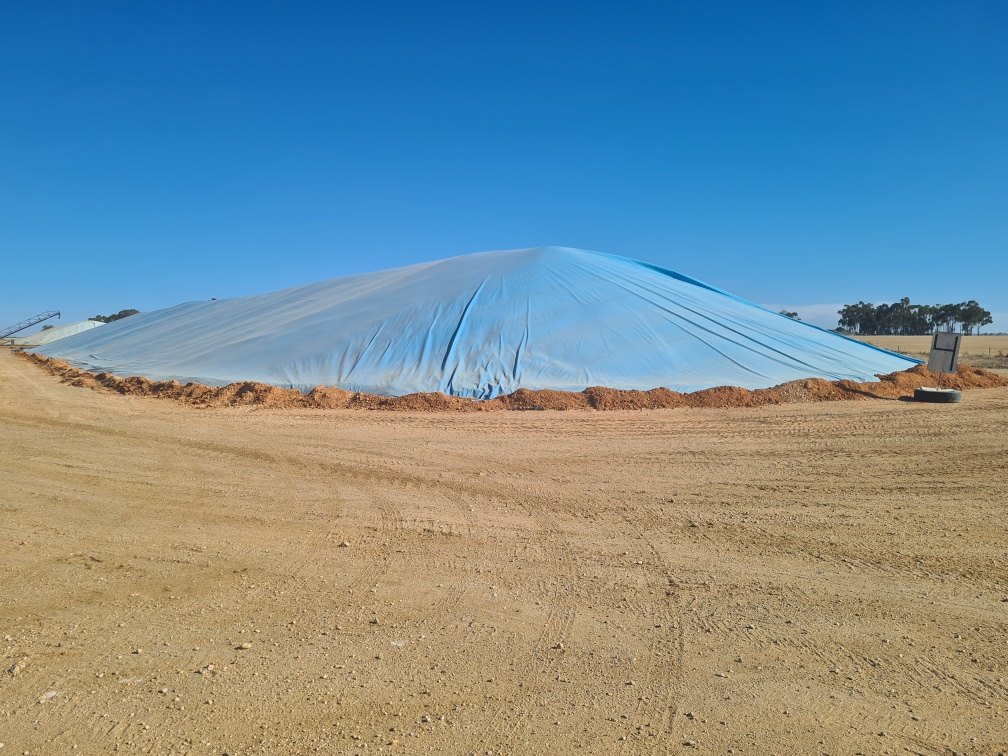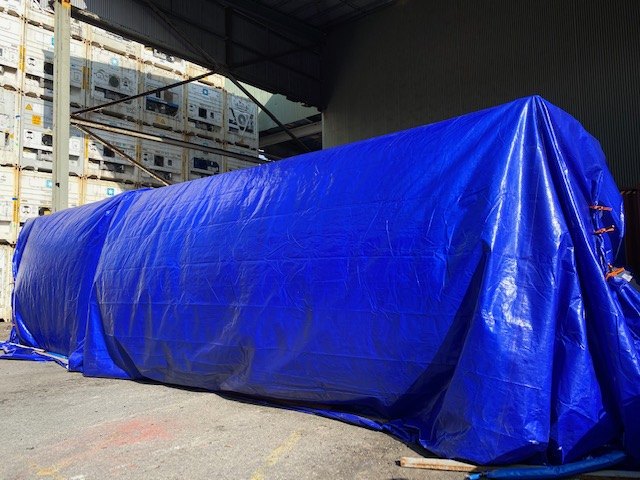When you are operating a business that is going to deal with some type of chemicals you will notice that is very difficult at times to keep the chemicals contained at times. This is when you should know more about the bunding and spill management policies that you can institute in the business. By putting these policies in place it will allow your business to have the proper safety measures in place, but also know how to respond to any of the problems the business may encounter. Without this, you could have some problems in getting the right containment or precautions put in place for the work that is being done.
- Why Would A Business Need To Have Bunding
Now, this is one of the key questions you will want to get answered when you are looking at the bunding and spill management that you are getting done. That is what exactly is bunding and how is it going to help the business out in getting everything contained, but also why it should be installed in the business, especially if you are in the business that is going to deal with the various chemicals that are being produced in the country.
- What Is Bunding
Now as for what bunding is, it is going to be a product that you are going to find is going to be impervious to liquids. This is because of the way they are developed and made to be resistant to any type of liquid going through the barrier. However, what is interesting about the bunding is they can be made from a variety of materials as well. This can include anything from the mounds of dirt, bricks, plastic liners, or even concrete. The key factor is they are going to be resistant to anything that is going to be able to penetrate through them and cause any type of damage to the ground or the natural waterways that are around the region.
Since these are impervious it means that nothing is going to be able to get through the bunding and get into the ground water. Without this, people are going to have a chance for the waterways to become impacted but also going to have a chance for nature to be damaged. It is key to point out that these have to be accessible for people to remove the spill as well because no matter what kind of bunding is being used at some point in time the chance of it failing is going to become a reality and this may lead to the bunding starting to leak.
What else is important to note is the bunding that is being used is generally around the tanks of chemicals that are being set up. The bunding is going to be in place to help prevent the liquids from leaking out of the place, but also to contain it. Now another key point about the bunding is it has to be deep enough that it is able to hold all of the potential chemicals that could leak out of the tanks that are being used for the storage of the chemicals or it could be an issue for people to have the leaks overflow the bunding.
- Is Bunding Required?
This is a question that a lot of people are going to ask when they are looking at the bunding and spill management plans they are developing. However, the answer is really it depends on what the environmental protection agency for the region is going to require for the chemical being stored. In mosts cases, the bunding will be required and this means the business has to take this into account. However, the bunding can be incorporated into the spill management plan and put into place during the implementation of the plans, so the cost will be defrayed and already included into any of the plans that are being developed for this aspect of the business.
- What Needs To Be Included In A Spill Management Plan
Starting to implement a spill management plan is going to take some time, but the key is to make sure several factors are included in the plan. By including all of these factors it will be easier for people to get the right plan in place and know if they are going to have a good plan they can use or if they are going to have a plan that is not going to be useful at all. Without this, people may have some problems in getting the right plan in place because they are coming up with ideas they think they need to have, but they may not work like they want them to.
The first thing that people need to have in the plan is an inspection plan in place for all of the equipment where a leak or spill can happen. This is the most important step to helping to keep everything from being spilled, but it will also help in getting the knowledge of the employees up to date on the products they are handling and what they should be looking for or where they are going to go when a leak does happen.
In the inspection plan, it should have some type of plan in place on how to handle the valves, a key system for the pipes to show they were inspected, and even how the tanks are inspected. To help the employees out the development of a checklist is important as this will help remind the employees of the checks they need to make to guarantee that everything is being done properly and in a timely manner.
When the plan is developed it is important for the employees who are doing the inspection to have the power to turn off a failing system right away. For example, if an employee notices something unusual about a valve they should have the power to turn off the valve until they can complete an inspection of the valve completely or the maintenance crew can come out and replace the valve. This way the valve will be returned to a functioning status and this will allow the employees to know they have done a good job with the valve and the work, but also they have the power to prevent any of the problems.
Emergency testing of the system is something else that people need to have done on a regular basis. Now, this does not mean that each day a test should be done, but people need to have some type of tests done on a regular basis so they are able to know how to respond to the emergencies, but also know what they are supposed to do during the test. It is key the test are done at random and on various shifts. This way all the employees know how to respond and they will not be expecting the test to happen at noon on each Wednesday of the month. Doing a test on an announced schedule like this will often lead to people being complacent with what is going on and this can easily lead to people not really answering the call of a test like they should be.
What else will help the response time of the crews that are working on the job site is by having some type of standard operating procedures that everyone needs to go over. These are going to be the guidelines the employees will have to follow if a spill does happen and it will be ones that are reviewed on a regular basis. This way people are able to get the work done and know they are going to have a great time in getting the job completed because they are aware of what they are doing and what they are supposed to do.
Along with the training in the specialized operating procedures the employees need to have some type of training on how to respond to the emergency. This can be anything from how to shut down the pumps in an emergency, to which valves to close when, but in some cases it may even involve firefighting training. It is very important for the employees to have this type of training as they are generally the ones who will reach the situation or spill first, long before any of the fire crews are going to reach the fires that are going on.
Being able to get the proper procedures in place for a response to a spill inside of a business is a good thing. The problem a lot of companies have is they are not sure about some of the common practices they should be implementing with the bunding and spill management programs they are developing. By knowing about these practices it will become quite a bit easier for people to have the proper response in place and know the employees are properly trained on how to respond to an emergency.




